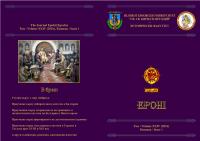

![A Review of: Danova, N. Bulgaria and Bulgarians in the Greek Literature (17th – Middle of the 19th C.). Sofia: Paradigma, 2016, 520 pp. [In Bulgarian]](/api/image/getissuecoverimage?id=picture_2017_37450.jpg)
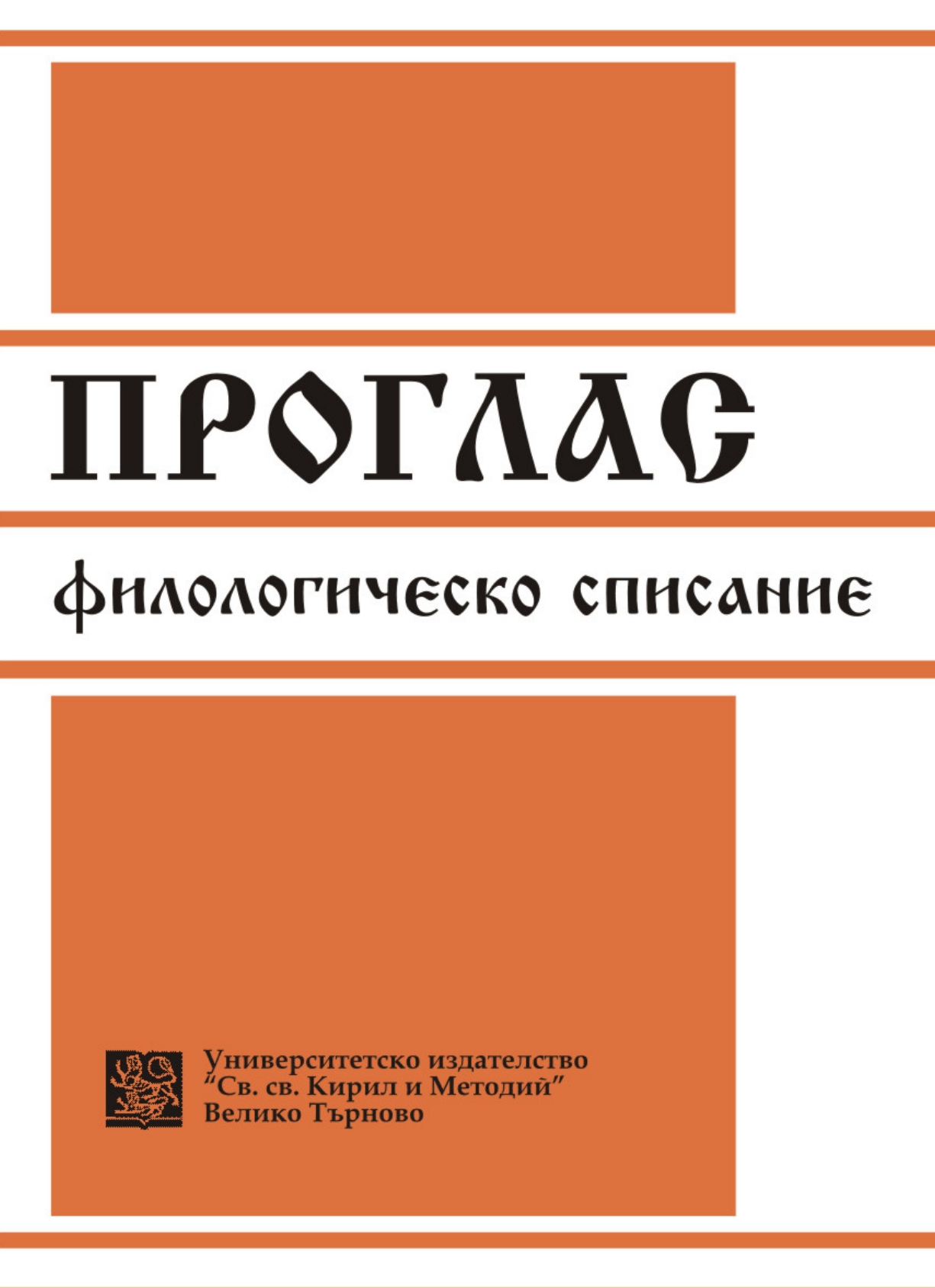
Keywords: Botev; Poetry; Textual Criticism; Relations; Tendencies.
The paper examines Iliya Todorov’s book “On Botev’s verse”. I focus both on the researcher’s conclusions, generalizations and statements, and on the various mechanisms through which he arrives at them. The paper discusses Todorov’s analyses of the existential status of the poems, their variations, the editions in which they were published, the numerous editorial interventions. It raises questions concerning our idea of the poet – how we understand and think about his genius, how we perceive and read his poetic legacy; it also discusses the role of the author with regard to authenticity and tradition.
More...
Keywords: Neofit Bozveli; Books; Plague; Kalofer; Samokov.
Neofit Petrov Hilendarets, also called Bozvely, claimed to have authored eight books. But literary historians researching the literature of the Bulgarian National Revival have only found seven thus far. This paper attempts to present all facts supporting the case for the existence of an eight book by this author, who is one of the founders of the Bulgarian-language clerical Christian literature in the more recent history of the country. Summarizing the presented data, the author expresses her expectation that the still-missing A Brief Interpretation of Liturgy („Краткое тълкование на литургията“) could be found during field research in some of the places of Christian worship in the country
More...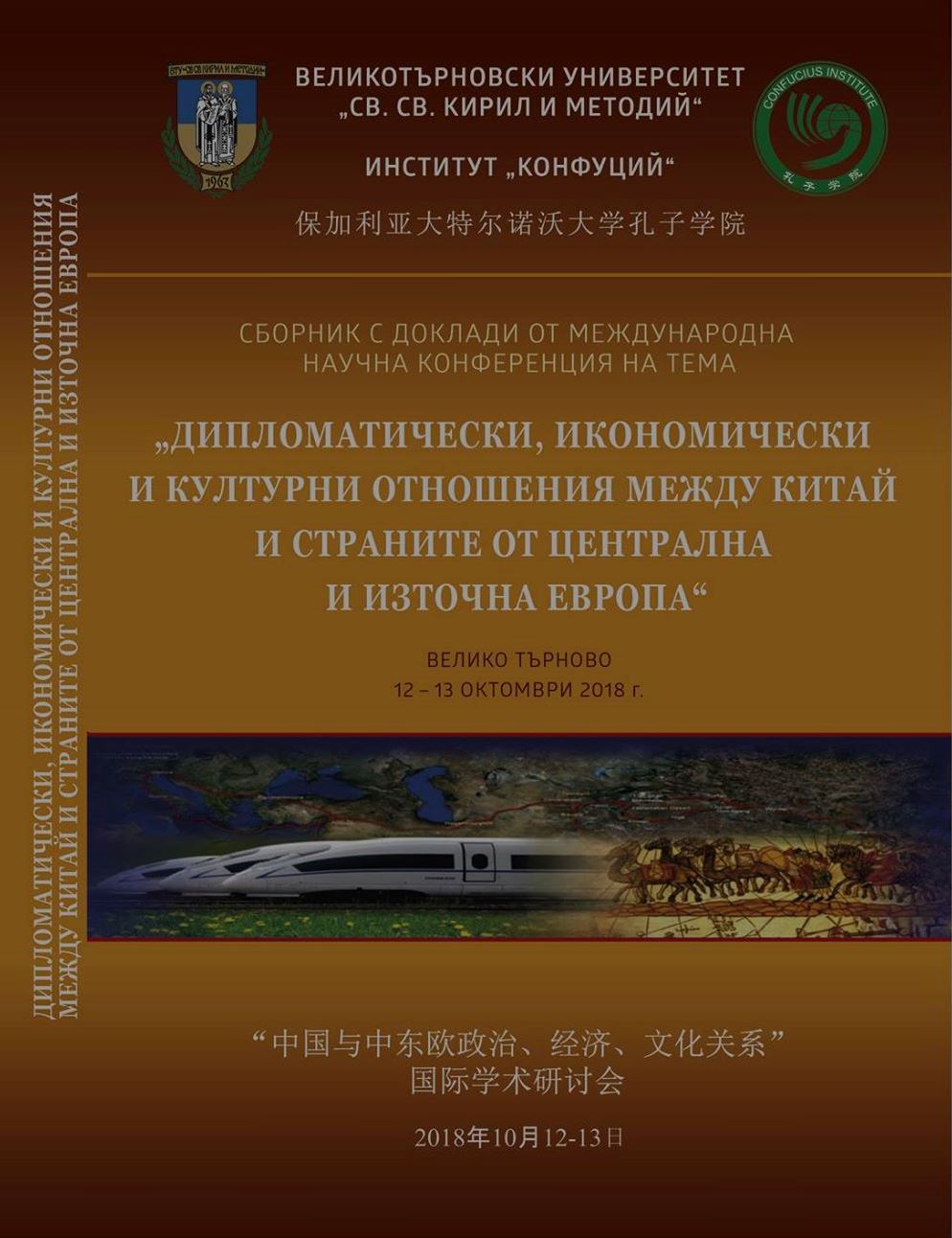
Keywords: cultural values; Bulgarian Revival; Chinese literature; perception
The article aims at revealing cultural relations between Bulgaria and China during the period of the Bulgarian Revival, when the perception of cultural values from the “outside” world grows naturally, as the new Bulgarian nation needs to legitimize itself in front of the whole world and in front of itself as well. This trend creates a certain strategy for communication with the world culture, which determines the characteristics of reception of foreign literatures in our country. The interest towards China and the East as a whole is manifested in the form of messages, notes, references, translations in the periodicals that have an informative function – to introduce to the Bulgarian audience the everyday life and the constitution of China. Such popular publications create the necessary information background for the further perception of Chinese civilization in Bulgaria.
More...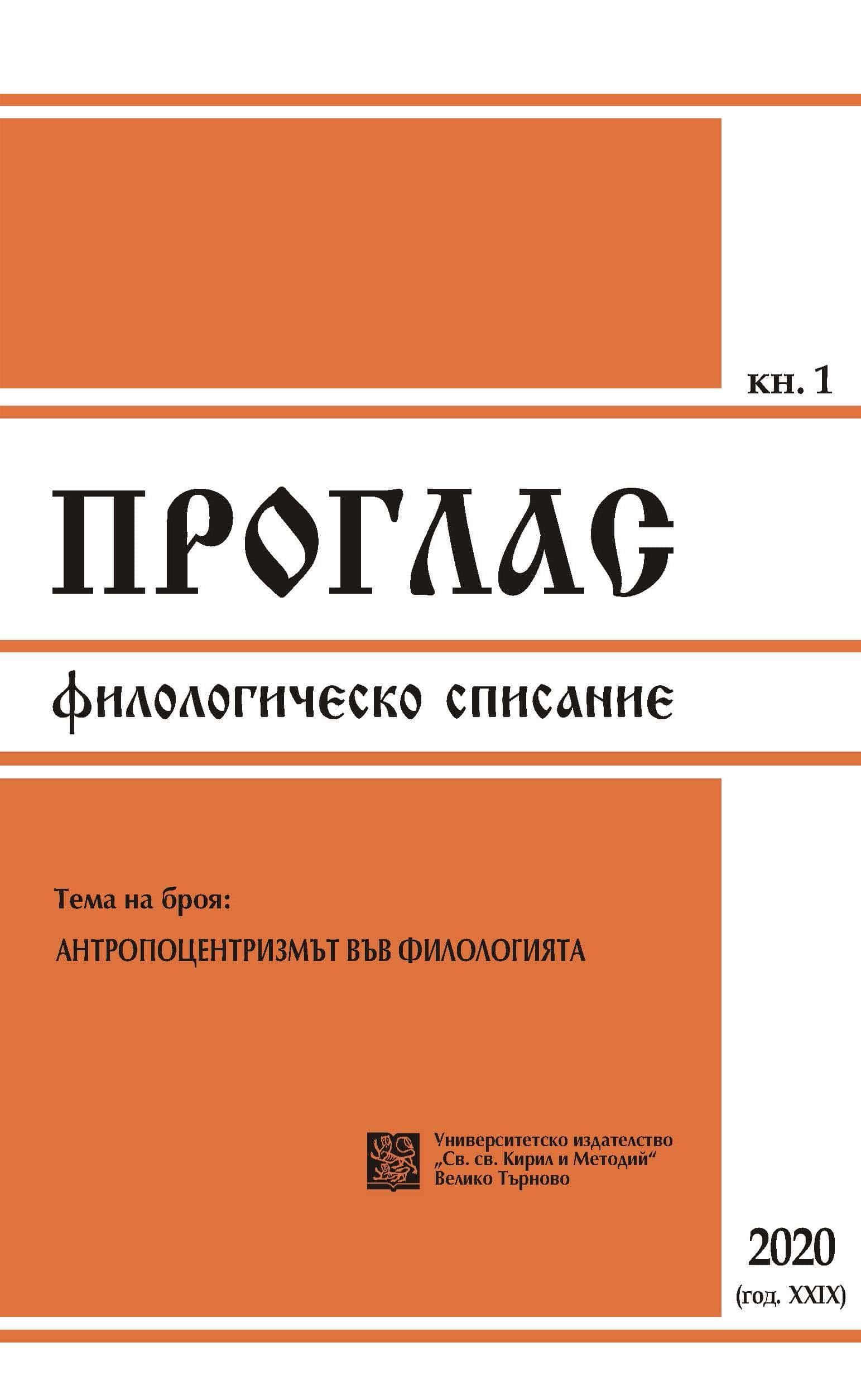
Keywords: Bulgaria; Ierosolymitika; Bulgarian pilgrims; icons; St. Cyril; St. Methodius
The Ierosolymitika are paintings with Biblical content, produced between the 17th and the 19th centuries in Jerusalem. The wealthy Bulgarian pilgrims usually bought several Ierosalymitika each. Jesus Christ’s tomb was painted in the center of each Ierosolymitikon. Invariably, there was an icon of the Theotokos to the left of the central image and another one of Jesus Christ to the right. The rest of the space was filled with scenes from the Old and the New Testaments and with icons of Saints. The author of this article discusses an icon of St. Cyril and St. Methodius she was able to find in one such Ierosolymitikon brought to Bulgaria in the 19th century.
More...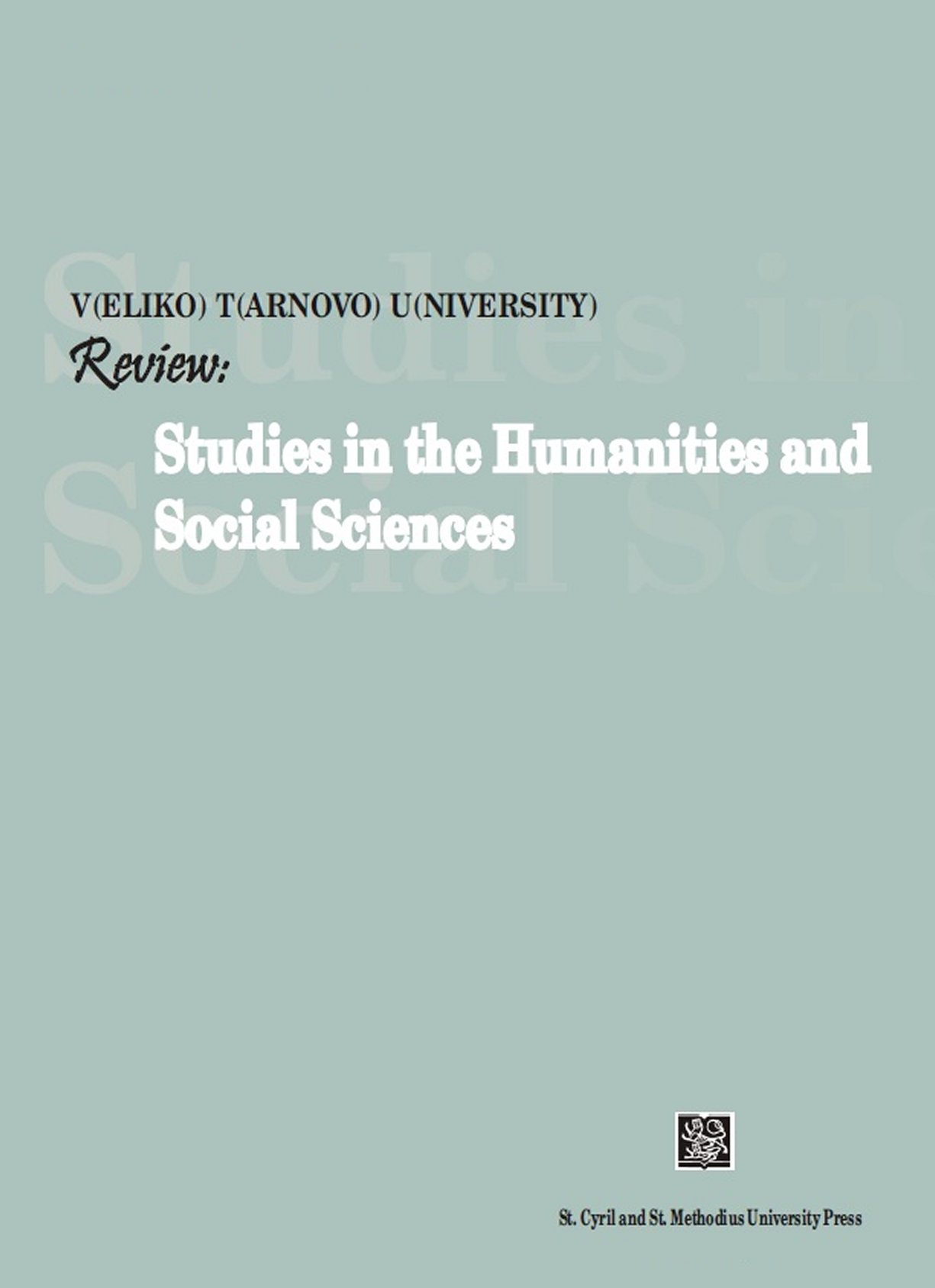

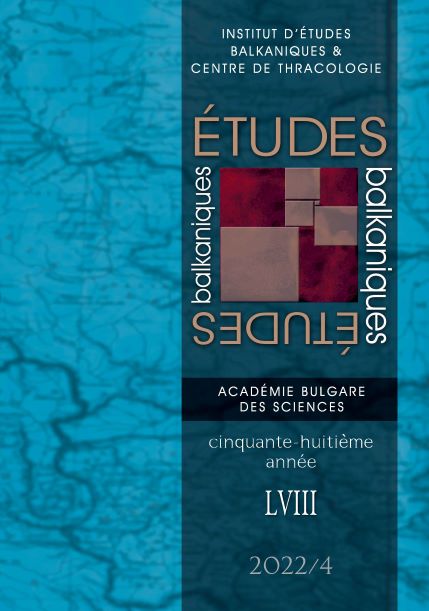
Keywords: Bulgarian-Greek polemics; pejorative rhetoric; Nayden Gerov; Georgios Tsoukalas; expressive ideologies; national-ideological texts;
The present article is focused on separate aspects of the political skirmish between two prominent representatives of the Bulgarian and Greek communities – Nayden Gerov (1823 – 1900) and Georgios Tsoukalas / Γεώργιος Τσουκαλάς (1804 – 1872). At the beginning of the 50s of the XIX century, the establishment of the Bulgarian school in Plovdiv gave rise to one of the first public disputes between the two ideologists in the context of the development of nationalisms. The article depicts some moments from the Bulgarian-Greek arguments on the pages of periodicals – ‘Tsarigradski vestnik’ and ‘Bosphorus Telegraph’. In a word duel, the two intellectuals resort to the specific pejorative rhetoric of subversion and slander. This strategic rhetoric is characterized by an intensified ideological load and lavish figurative argumentation, often accompanied by expressive ideologies, with a multitude of offensive words, provocations and critical comments. Through the use of such rhetorical techniques, the prominent socio-political figures aim not simply at the personal undermining of their opponent, but above all, at defending their own ideology and contestation of the alternative opinion. In the confrontation between the text strategies (some of them deliberately anonymous, allowing the identification of the people with the text) of N. Gerov and G. Tsoukalas, the two political programs are revealed in their contrast and convergence to the own / foreign ideological code.
More...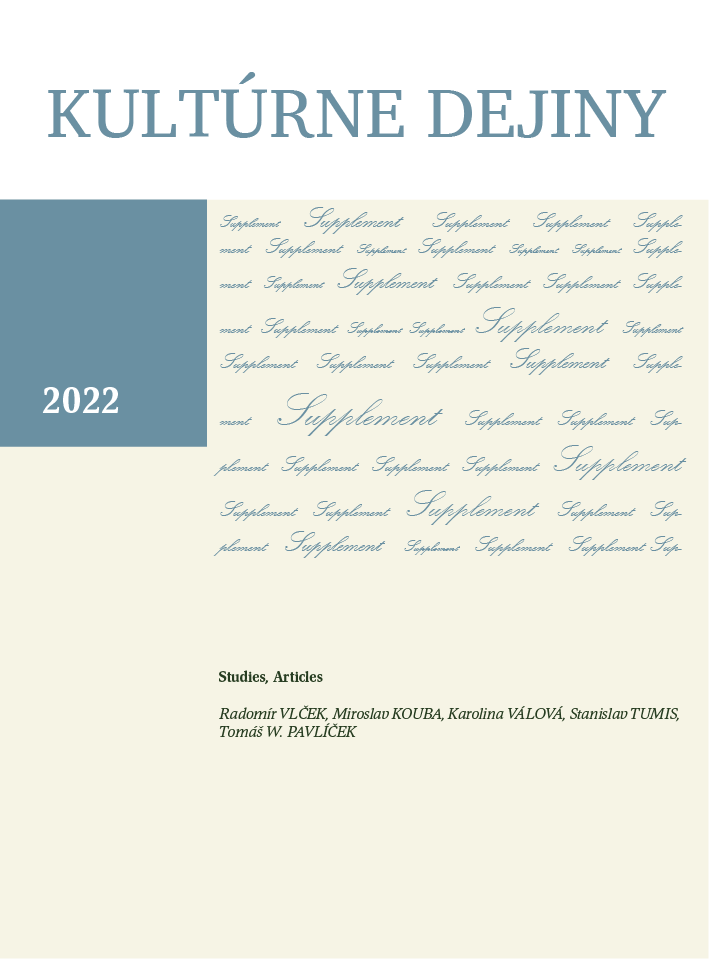
Keywords: censorship; book culture; Bulgaria; national revival; Ottoman Empire; printers
The formation of modern ethnic and cultural identities in non-state communities is a process that, in addition to general assumptions, also required increased cultivation of the institutional backdrop of the given national movement. In the case of the Bulgarian national revival, one of the characteristic features is the systematic and long-term absence of domestic printing presses, which during almost the entire 19th century limited the development of book culture. A key factor in this cultural situation is not only the weak representation of cultural elites, but also the systematically enforced legislative measures by the Ottoman state, which prevented the establishment of a polygraphic center on Bulgarian territory. For this reason, the printing of nearly all production of Bulgarian books and periodicals was realized outside the Bulgarian lands until the late 1870s. The Tanzimat reforms also had a paradoxical effect, in the context of which the Turkish Press Act came into force. Based on it, the initial prerequisites were created for the gradually introduced censorship, which concerned the entire Ottoman Empire. As part of it, applications for the establishment of printing presses, which were systematically rejected for the Bulgarian lands, were also under thorough control. This paper therefore tries to present a basic typology of censorship measures, which it follows on two basic levels – in the aspects of the external and internal effects of the Ottoman power, at the same time pointing out the fact that the traditions of freedom of speech were not established either during the so-called national revival or after the introduction of the Ottoman constitution from 1876, or even after the liberation of Bulgaria in 1878.
More...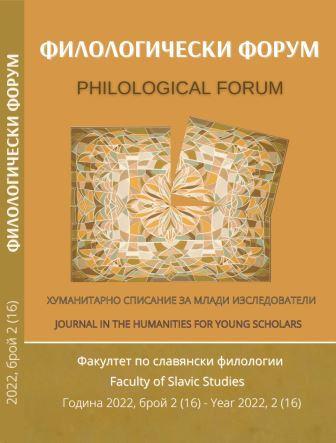
Keywords: norms; variation(s); rewriting; reformulation; Romance studies
This is an introductory article to thematic issue 2 (16) of the Philological Forum. This issue offers perspectives and insights on a wide range of problems related to norms, variations and the rewriting of norms, while looking into cases from the field of Romance philologies. It contains eight young researchers’ contributions organised into three sections which focus on (1) rewritings of literary works through translation and reception, (2) norms, variations and rewritings in linguistics, and (3) norms, standardisation and transgression in sociolinguistics respectively. Following the composition of the issue, this introduction offers critical remarks on the contributions.
More...
Keywords: North Macedonia; Bulgaria; history; Macedonian people; Macedonian language;
History is a social science, which is concurrently humanistic since it offers not only knowledge about the past, but through the study of historical processes and phenomena influences the creation of a representation of today's concepts and social processes. History is the foundation on which the personality of each individual is built and formed, particularly in education where history models the mankind about their knowledge of themselves and others. Unfortunately, in more or less all Balkan historiographies there is a certain extent of history mythologizing, reinterpretation of facts depending on the needs of usually the government or certain structures and centers of power, and the imposition of truth that should not be discussed, or what is written in textbooks. That is why the mentioned structures create purposeful crises, and then they manage them and, if necessary, resolve them. Socio-political relations are changing and most frequently, apart from a small circle of people who have an interest, ordinary people and society as a whole suffer from long-term harmful consequences that can often get out of control. That is why history has become a powerful weapon that is very often used to manipulate and achieve various, mostly political goals. That is why it is difficult to be a historian in the Balkans! It is quite normal and logical for historians to argue and disagree about certain historical processes and phenomena, but the problem is that because of the above mentioned, historians become an instrument for achieving a certain goal and ideology. One such example is North Macedonia, which suffers consequences in its development, position in the world and realization of its strategic goals precisely because of the (mis)use of history and historical revisionism. This is particularly pronounced by the blocking of North Macedonia to start the negotiations for EU membership by Bulgaria due to the history and processes in the past that are not in line with the so-called Bulgarian historical narrative. Using an argument of force, not facts, using its better international position, Bulgaria creates and imposes a narrative on the Bulgarian identity of the Macedonian people, and the Macedonian language for the Bulgarian dialect, with the relativization of the then Bulgarian participation in the fascist coalition, and the negation of the occupying regime. This is utterly inappropriate for one state to intervene in this way on the history and historical facts of another state. Bilateral disputes are not new to Europe, but the way and pressure that Bulgaria is exerting on North Macedonia is morally and legally unjustified, in which a large part of historians are cosponsors, becoming an instrument of certain structures. In addition to the analysis of controversial attitudes and positions as a result of historical revisionism of Bulgarian institutions and „historians“, the paper shows that the development of relations between the two countries is directly correlated with changes in government and governing structures, i.e, their ideologies and needs. The resolution of disputes related to the past is possible only with the application of modern approaches and depoliticization of history and its role in modern society.
More...

Keywords: crime novel; Bulgaria; book publishing; 20th century
The article is a survey of a number of British and American crime fiction authors, part of whom were introduced to the Bulgarian literary market with just one of their works while the others were not introduced at all during the first half of the 20th century. Among them are writers who are well-known to the wide readership as well as such who are not known in Bulgaria though they have contributed a lot to the development of the different crime sub-genres. The article is an attempt to explain what reasons the Bulgarian publishers might have had to omit such authors and their works during the discussed period of time.
More...
Keywords: migrant literature; writers of Bulgarian origin; the first decades of the 21st century; autofiction; social satire
The article provides a panoramic overview of novels written in the first two decades of the 21st century by authors of Bulgarian origin who live abroad. At the start, the article discusses various choices of defining this literature: from emigrant (an already inappropriate term) through immigrant and migrant – to anew term proposed by Steven Kellman, translingual literature. Then, based on extensive information on dozens of authors and works from different countries across the world, a thematic typology is brought forth. It includes such strandsas “our totalitarian past”, Bulgaria today, immigrant life from within, novels with ecological themes, fantasy reads. The article highlights specific approaches that dominate the works of authors with Bulgarian roots: autofiction, social satire, political grotesque, etc. It concludes with a summary of the presence, the preferences, and the achievements of these authors.
More...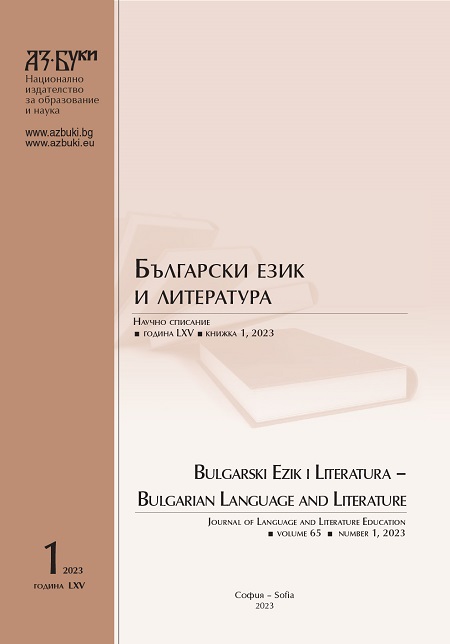
Keywords: travel writing; narrative; genre; convention; reality; author
The article is the first attempt to examine Vazov's travelogues from the point of view of literary theory. For this purpose, the territory of the scientific object is expanded – the analysis covers a large number of works from nearly 70travelogues left by Vazov. The study has three main points: 1) the characteristics of the genre “travelogue”; 2) the relationship between fictional – credible; 3) the narrator in the structure of the travelogue. The first problem is commented from the position of the claim that travel writing is a hybrid, even borderline genre. It is this role – to be on the border between literary and non-literary types of language – that also causes the mixing of the veridical and the conventional. By this we mean to say that the author's imagination is displaced, suppressed by the desire to tell factual stories.
More...
Keywords: nation; nationalism; national identity; modernity; Balkans
This article is focused on several sets of themes, in which greater analytic clarity is sought. The first set of themes is related to the meanings of identity in different contexts. The second concerns the relationship between nationalism and national identity. The author has applied a nuanced approach to nationalism, emphasizing the characteristics that distinguish it as a political principle, or as an ideological framework, or as a tool of populist manipulation. Treating the nation as a biological fact leads to ethno-national identity, a pathological form of national identity that may lead to assimilation, emigration, disadvantaged status of minorities or physical elimination.
More...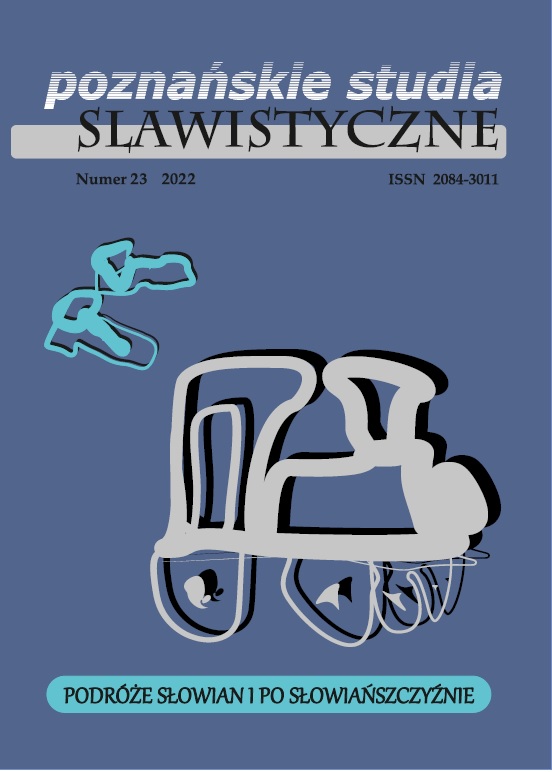
Keywords: Gospodinov; Bulgarian literature; dystopia; imitation; pop-nationalism
The article is devoted to a reflection on the category of time in Georgi Gospodinov’s novel Vremeubežiŝte (2020), where the author undertakes a reflection on the processes of culpable and non-culpable self-destruction of societies that have rejected the rules of Enlightenment rationalism. Using the tools of dystopia, he creates a world gripped by collective madness, the sources of which he derives from extra-literary reality and links to contemporary political and cultural processes. Leszek Kolakowski’s concept of time as the vault of the human home, which is based on four pillars: reason, God, love, death, remains the philosophical point of reference for my deliberations. In turn, the concept of retroutopia of the sociologist of culture Zygmunt Bauman provided me with tools to reflect on a new type of rationalism after the conservative turn. René Girard’s concept of mimetic competition was helpful in considering the structure of the world presented in the novel.
More...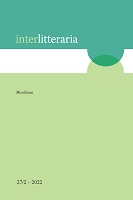
Keywords: Sri Lankan literature; Sri Lankan English; untranslatable cultural phenomena;
The Implicit in Translation: A Case Study of Récifs by Romesh Gunesekera. Translating Sri Lankan Culture to French. This article aims to shed light on how the translator of Reef, a novel written by the Sri Lankan author Romesh Gunesekera, has dealt with culture-specific lexis originating from the Sri Lankan context. We chose this novel because it contains many references to Sri Lankan culture. The terms referring to Sri Lankan realities appear in names of Sinhala or sometimes Tamil origin. First, we will assess whether the French translation utilised a source-oriented or target-oriented translation approach. Secondly, we will work on the strategy of literal translation, focusing on translating the implicit. Thirdly, we will see the use of the Sri Lankan English language as it appears in the original novel. The author of the novel voluntarily chose the ‘Sri Lankan English’ register to remain in the local context. Are there traces of these linguistic nuances in the French translation or did the translator decide to choose the register of contemporary standard French? Our findings suggest that the translation of Reef follows a source oriented approach and succeeds in referring to local realities of Sri Lanka, maintaining specific Sri Lankan terms, which in most cases become comprehensible in the context.
More...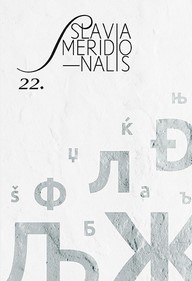
Keywords: The Lexicon of Migrating Ideas in the Slavic Balkans (18th-21st Centuries); Slavic studies; Modernity; knowledge, tenderness; scientific life; migrating ideas; Slavic Balkans;
The text is an account of two events that promoted the extensive (ten-volume) monograph by Polish Slavic studies scholars (with contributions from scholars from a number of foreign research centres): Leksykon idei wędrownych na słowiańskich Bałkanach (XVIII – XXI w.) [The Lexicon of Migrating Ideas in the Slavic Balkans (18th-21st centuries)] (2018–2020). These events were held in 2021, during the COVID-19 pandemic, by means of social media and common communication platforms. As the Lexicon consists of many synthetically expressed, original, and source-based insights on the southern Slavic cultures’ struggles with modernity, the author comments on both the research project at the root of this publication and on the course of the discussion which emerged during these meetings. She does so in order to express her view on the capacity of the modern researcher by adapting Olga Tokarczuk’s notion of the tender narrator.
More...